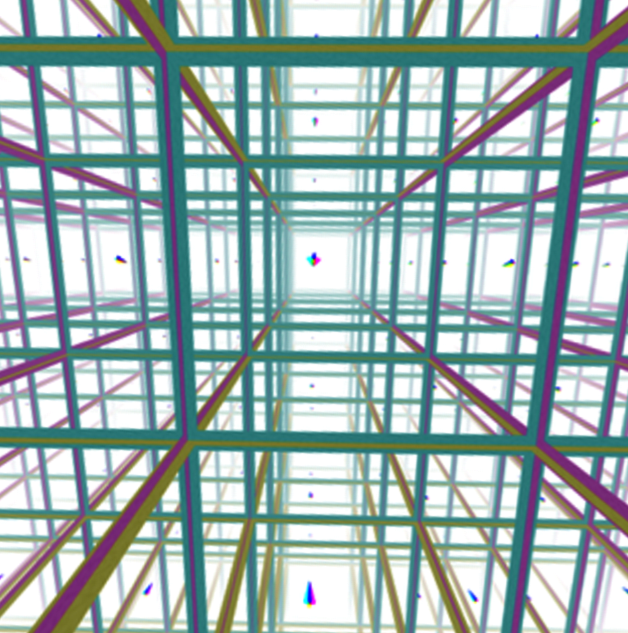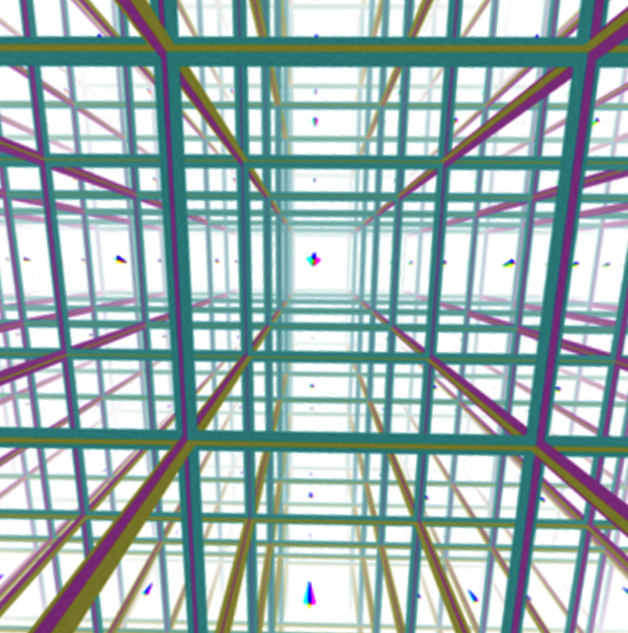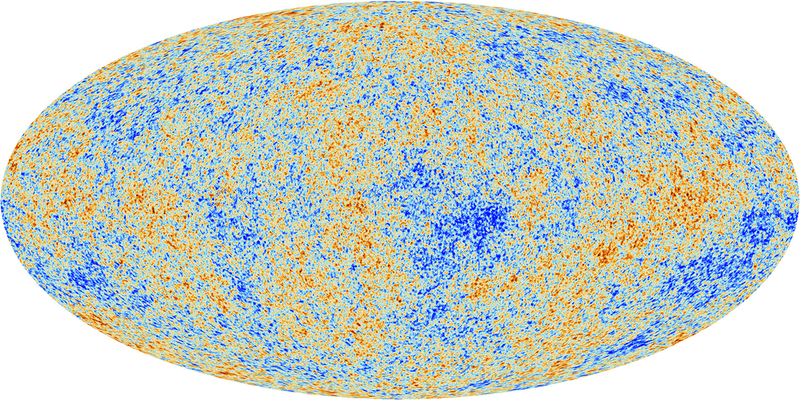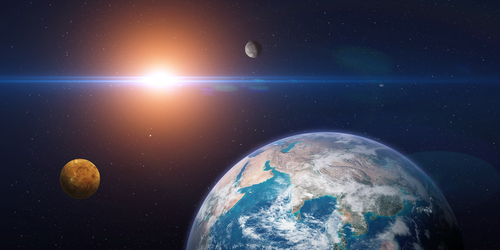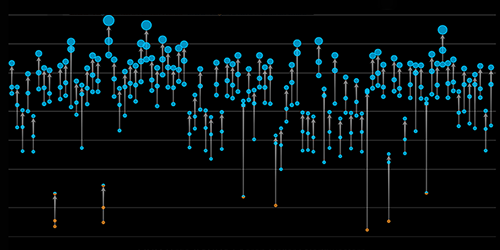• physics 17, 74
Most models for the overall shape and geometry of the Universe—including some exotic models—are consistent with the latest cosmological observations.
Is the universe simply connected like a sphere or does it contain holes like a donut or a more complex structure? According to the collaboration of cosmologists, the topology of the universe—that is, its overall geometry—still remains the same. Despite past claims that observations of the Cosmic Microwave Background (CMB) rule out various topologies, the researchers claim that many of these shapes, including some strange ones, do not contradict the evidence. [1].
The overall geometry of the universe is thought to have been determined by quantum processes that occurred at the initial moment of the big bang. Identifying the topology of the universe provides researchers with important clues about the nature of those quantum processes and can help them sift through many proposed theories of the early universe.
A given topology describes the relationship of spacetime. Among the non-trivial topologies that the universe can conceivably have is the 3-torus. To illustrate one, imagine distorting a cube by bending a pair of opposite sides around until they face each other and then taping them together. Then imagine the same for the other two pairs. A line of sight from the center of the cube that used to go to infinity now returns to the center of the cube through a closed loop.
ESA; Planck collaboration
Closed loops exist in other topologies that may describe the cosmos, and can lead to an optical illusion: seeing the same part of the universe in different parts of the sky. However, there are length scales associated with any topology—for example, the diameter of a closed loop—and if the length scales are too large, multiple views of the same cosmic neighborhood may not be possible. This illusion may not appear because there may not have been enough time since the big bang for some light to reach us. In other words, the length scales may exceed the “CMB horizon,” the distance to the oldest light source we can see.
All-sky CMB maps in recent decades have provided detailed views of the young universe, but have given no indication of repeating patterns (correlations) that might indicate closed loops. The search for the topology of the universe in the CMB looked promising, if not finished, a decade ago. However, last year an international group of cosmologists calling themselves the COMPACT Collaboration revived the effort. Now, in the first publication from COMPACT, researchers show that some strange topologies are indeed consistent with CMB observations, and indeed, only a small fraction of the possible topologies have been explored so far.
Instead of considering all 18 possible mathematical topologies of Euclidean (flat) space, the COMPACT Collaboration decided to focus on the 3-torus, called E1and two of its suffixes, E2 (180 degree twisted version E1) And E3 (a 90 degree twisted version of E1). Their reasoning: If even these relatively simple topologies are not rejected, other, more complex topologies are likely to remain contenders.
According to the calculations of this collaboration, 3-torus E1 If its characteristic scale is smaller than the CMB horizon, as expected, it is rejected by current observations. But it turned out that E2 And E3 They remain in play even though their scales are much shorter than the CMB horizon. Because their relationship involves twists and turns. A region of the cosmos viewed through a twisted closed loop produces two views of itself that are different but remain correlated. Determining whether these correlations produce detectable topological fingerprints in the CMB is next on the agenda of this collaboration.
Cosmologist Oliver Philcox of Columbia University agrees that the topology of the universe remains an open question. “There are so many possible ways that the universe could be topologically connected, and it’s hard to rule them out,” he says.
Charles Day
Charles Day is a senior editor for Physics magazine.
References
- Y. Akrami Et al (COMPACT Collaboration), “The promise of future searches for cosmic topology,” Physic Rev. Lett 132171501 (2024).
Thematic areas
#topology #universe #simple
